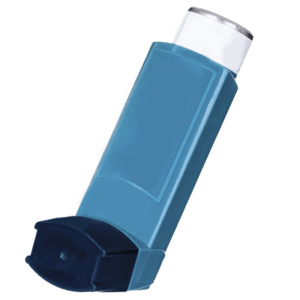Salbutamol
Salbutamol dosages and forms
Salbutamol – a widely used ingredient used in asthma treatments – comes in lots of different dosages and forms. The reason for this is that people can experience asthma differently, so your dosage will depend on what your symptoms are and what your condition is like.
If you’re prescribed a Salbutamol medication to help manage your asthma then your doctor or asthma specialist will explain the dose to you.

